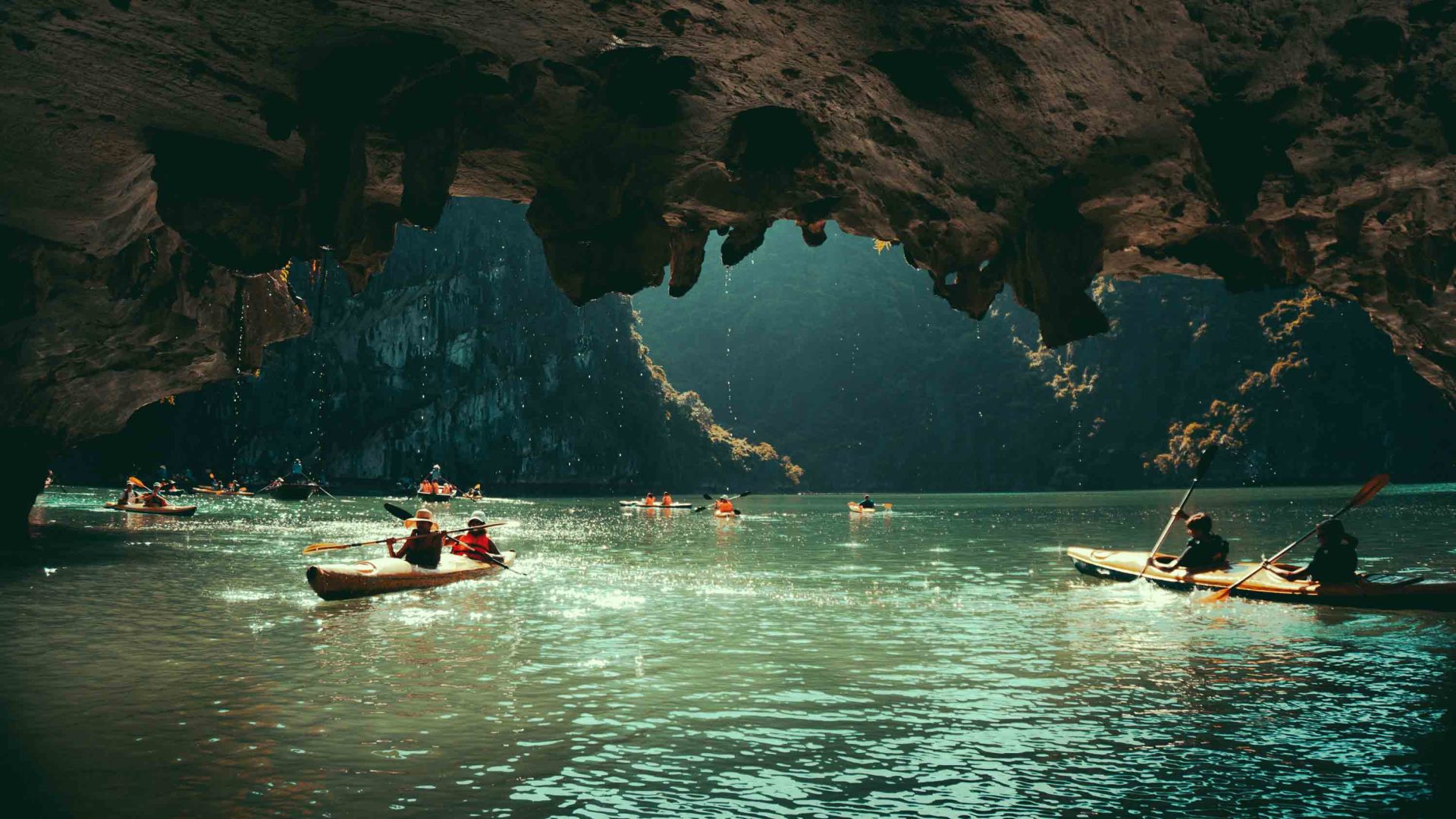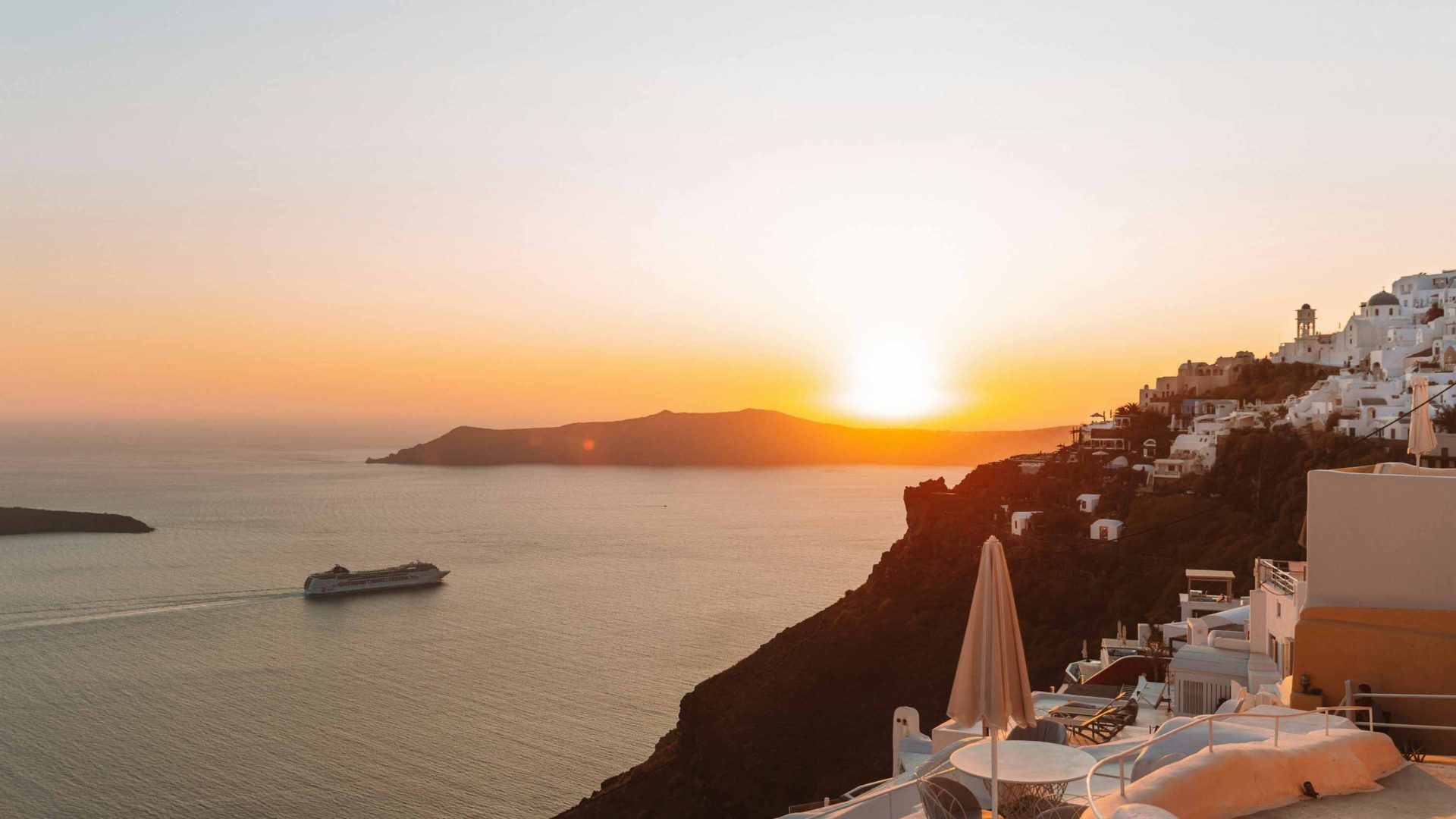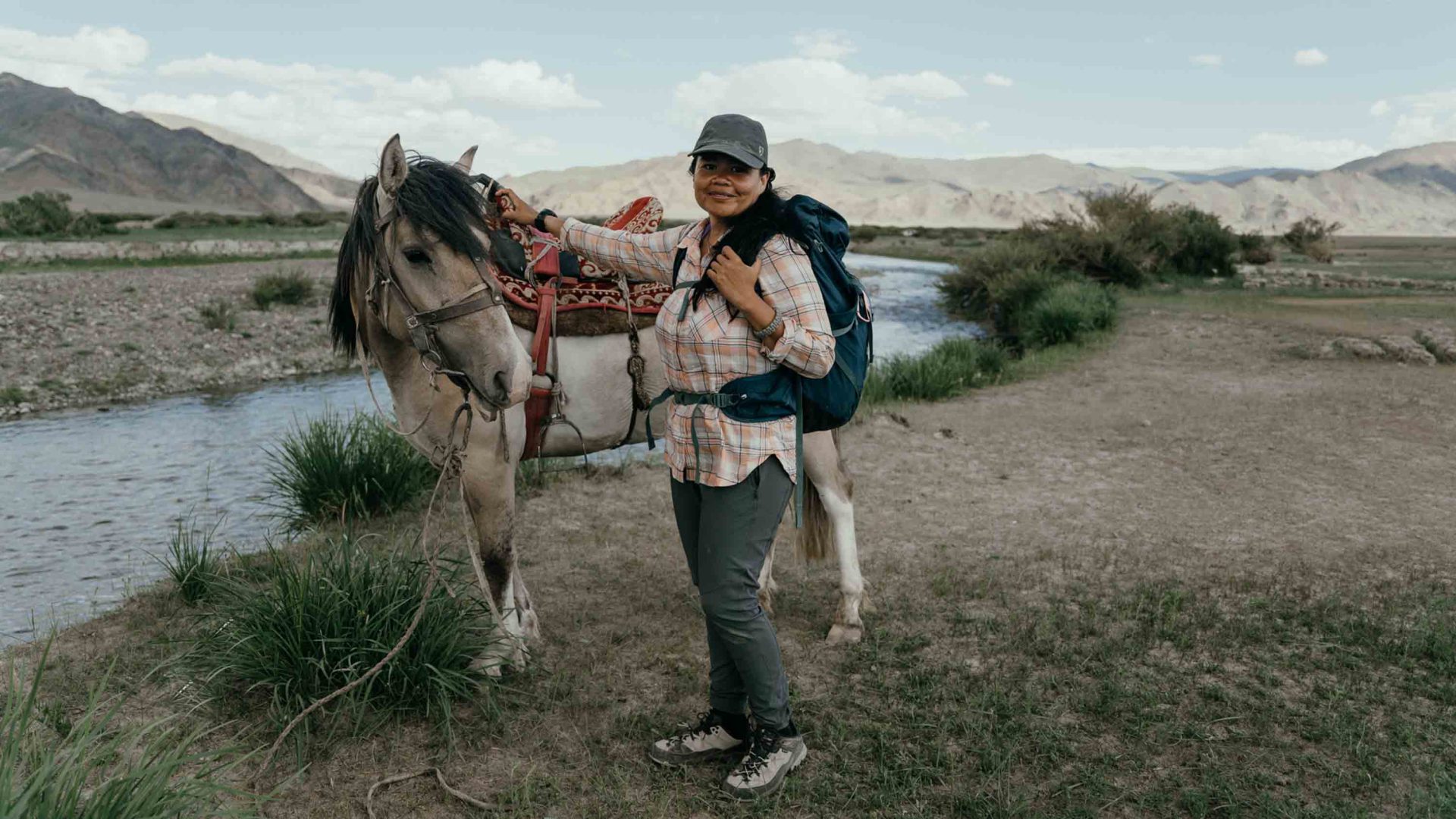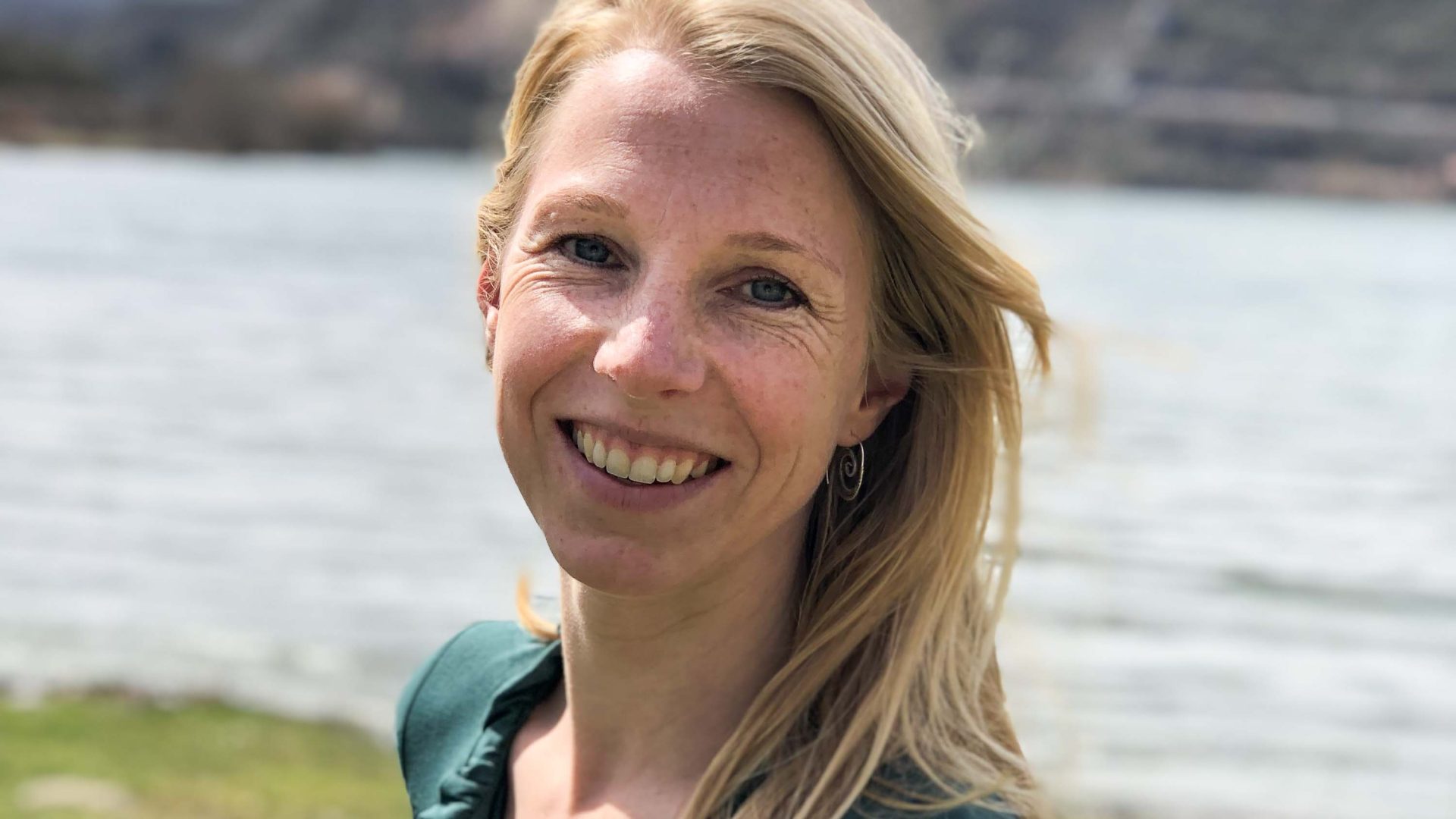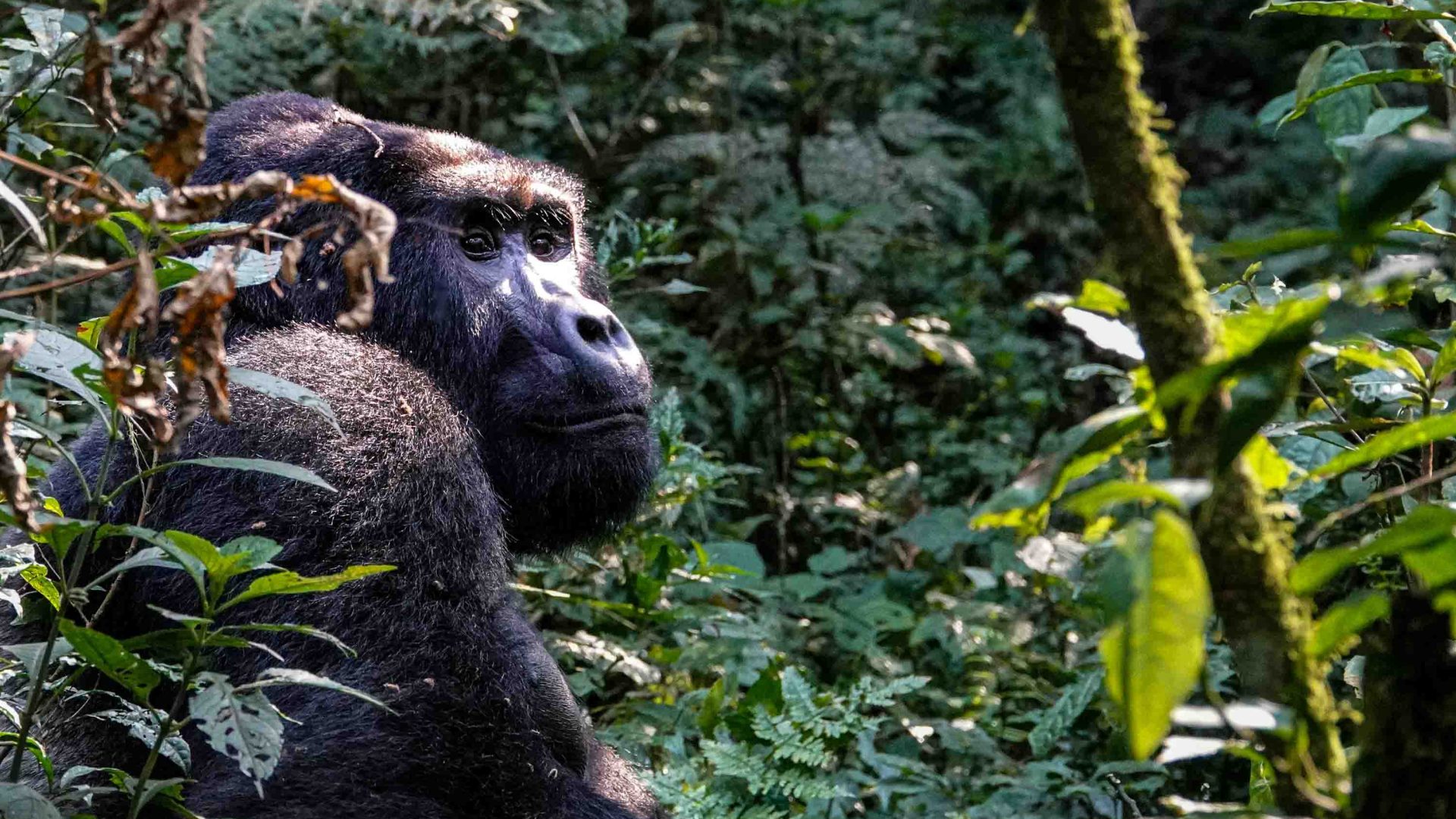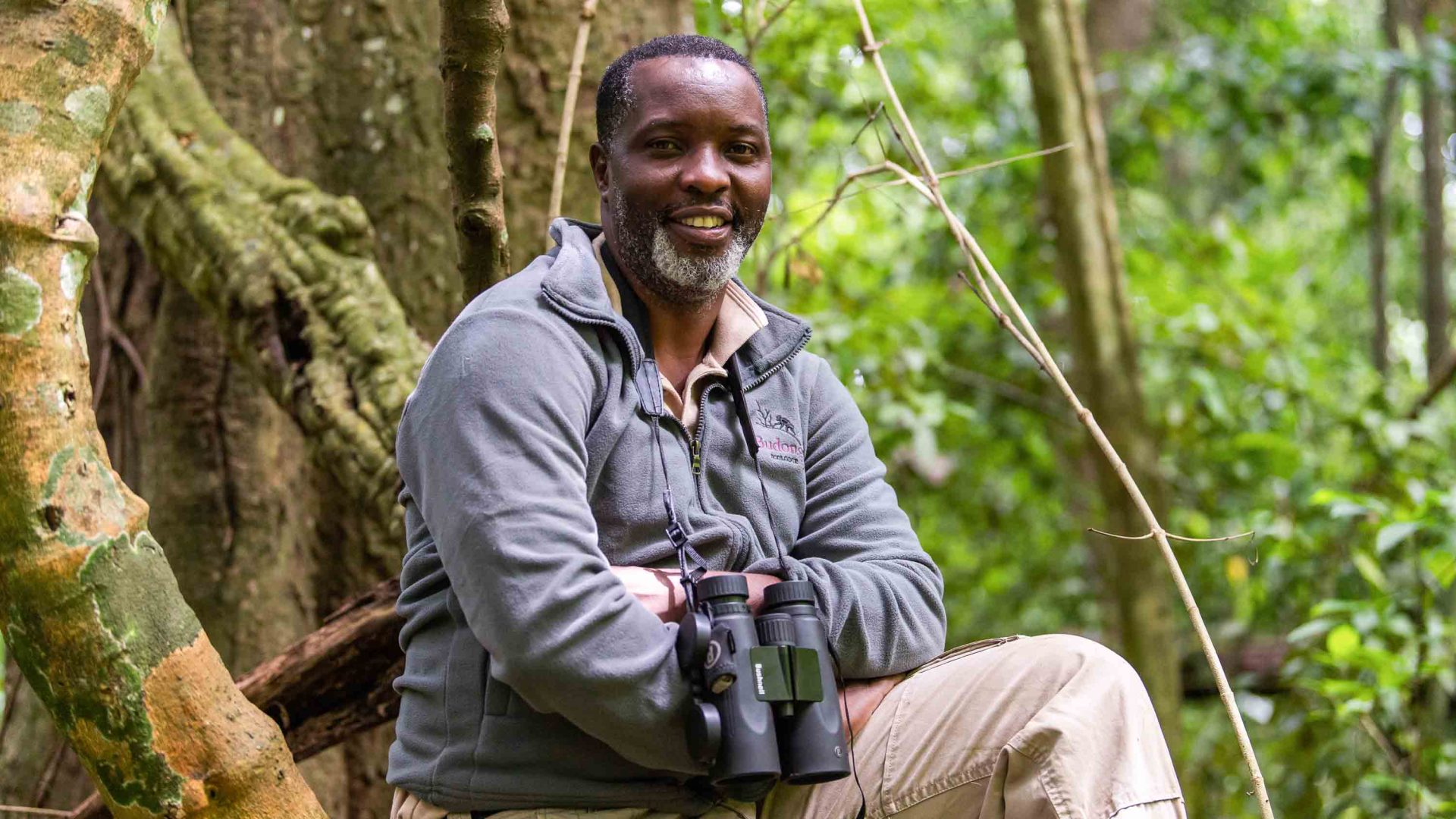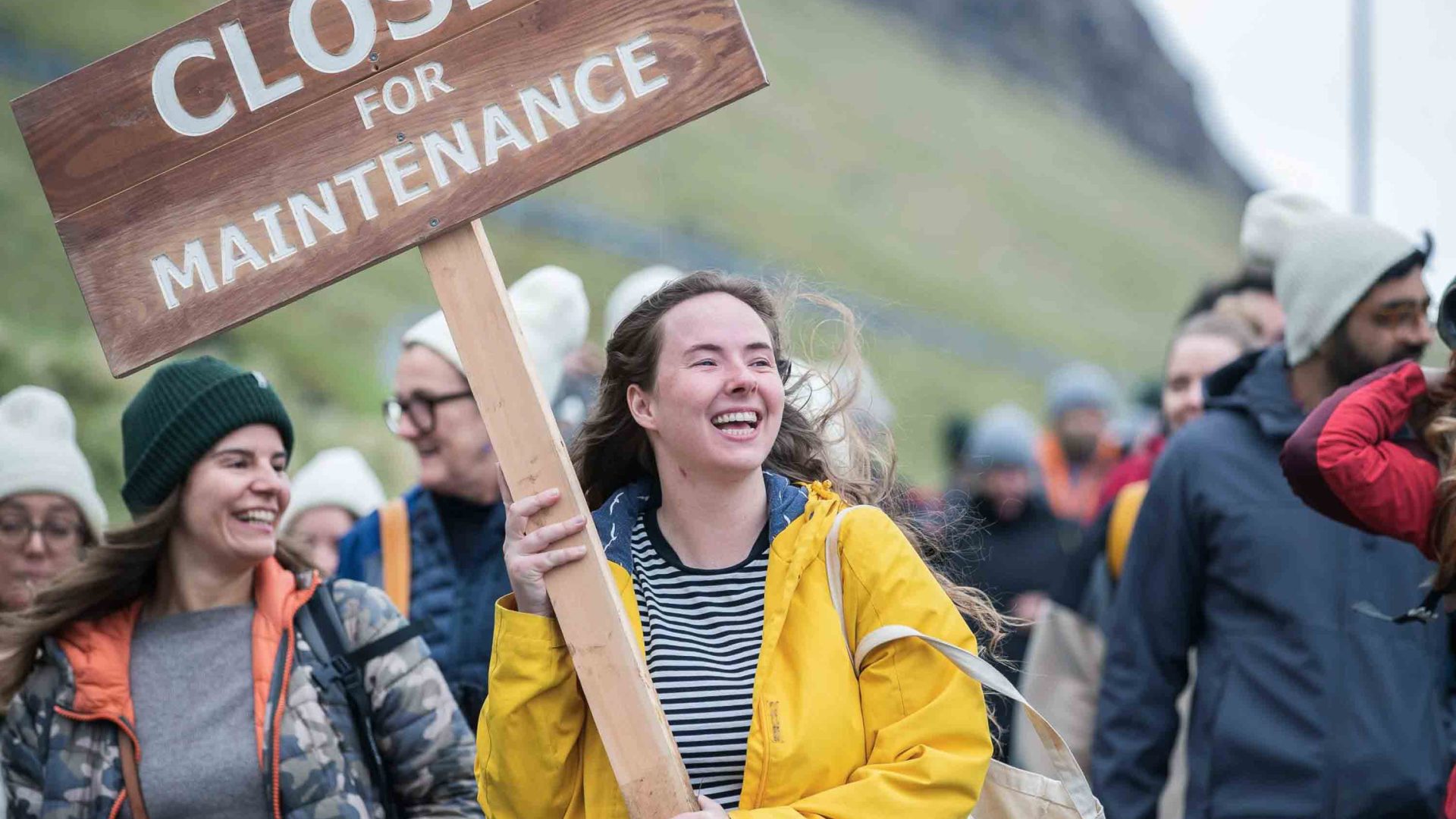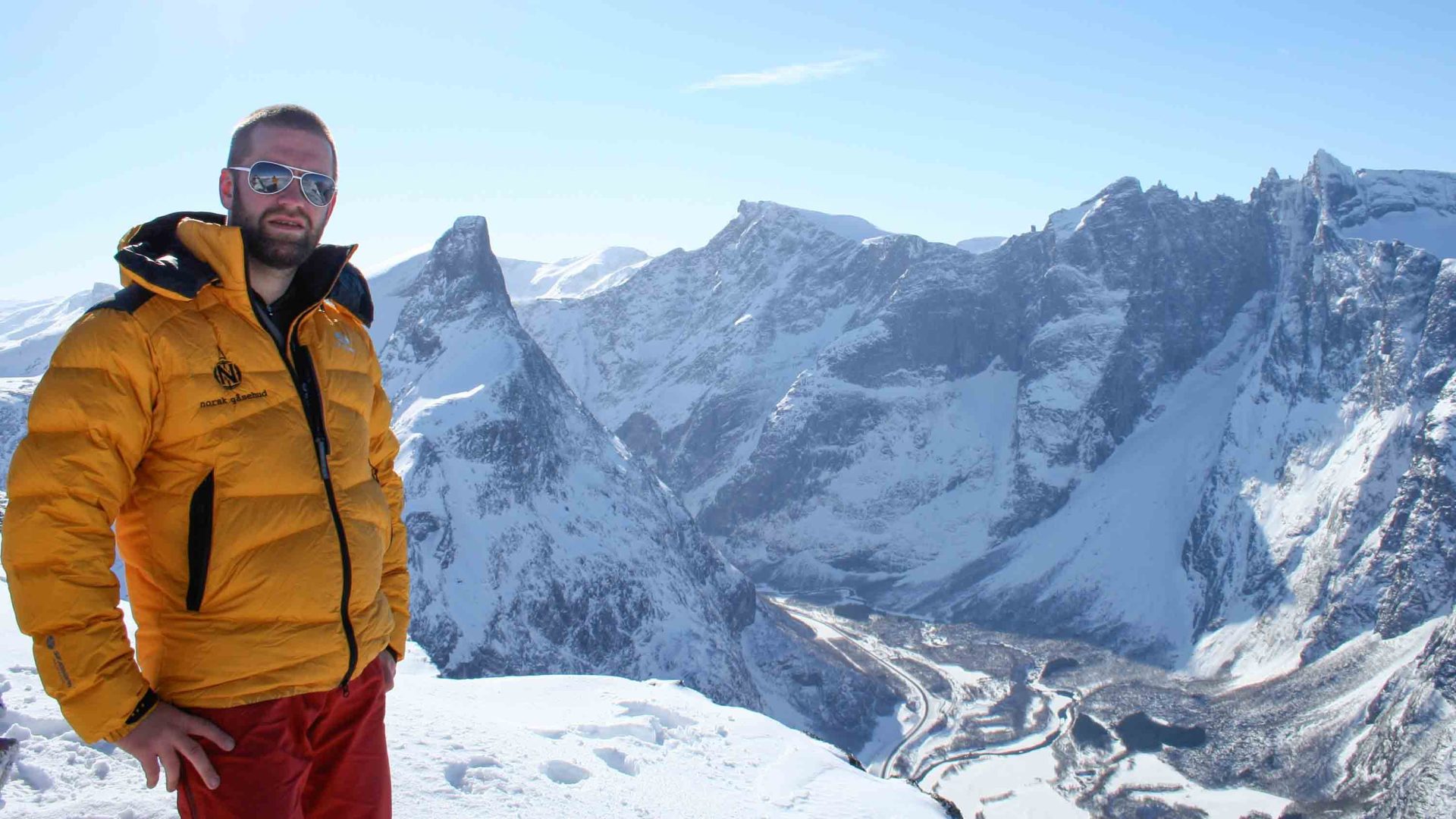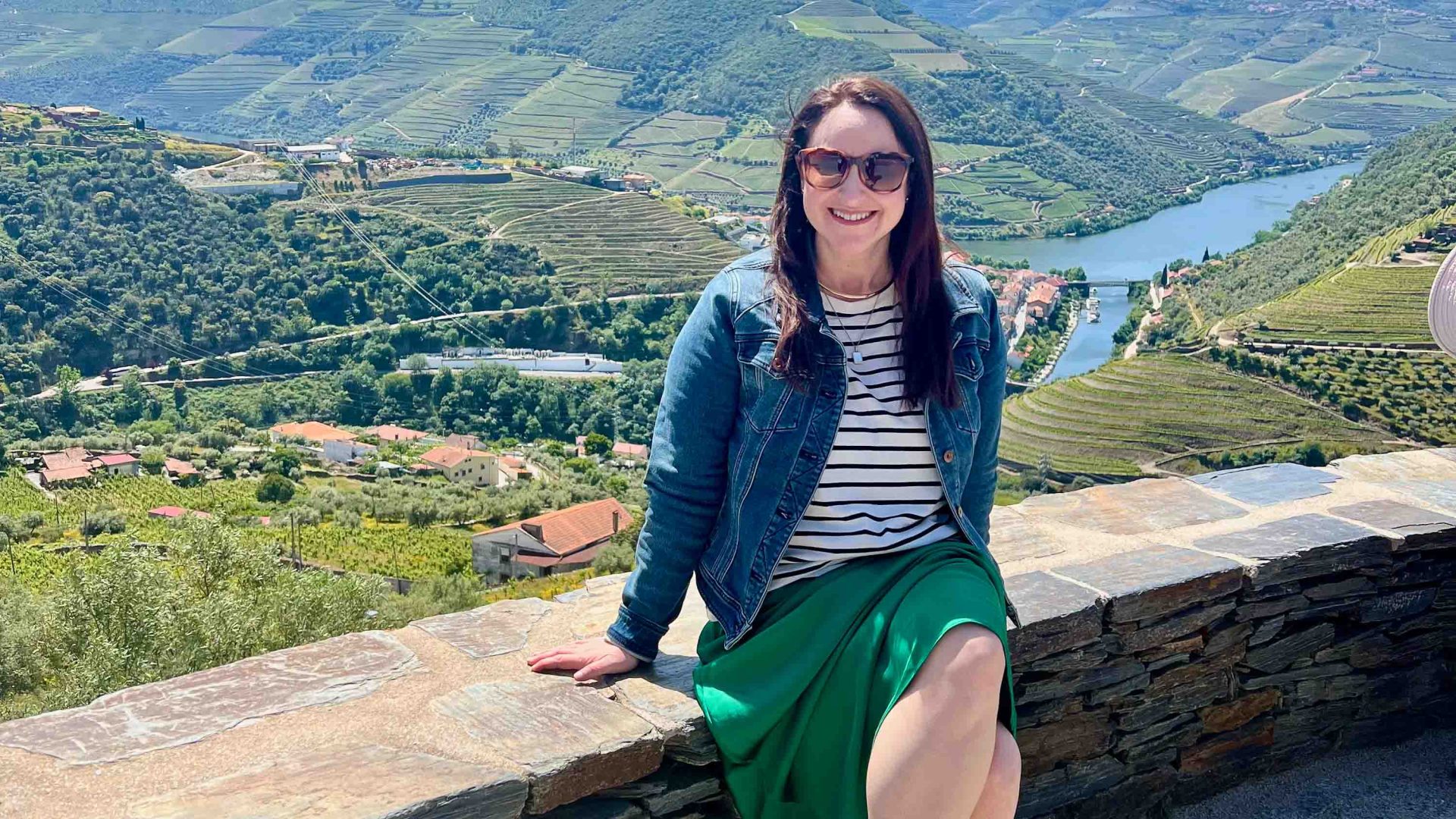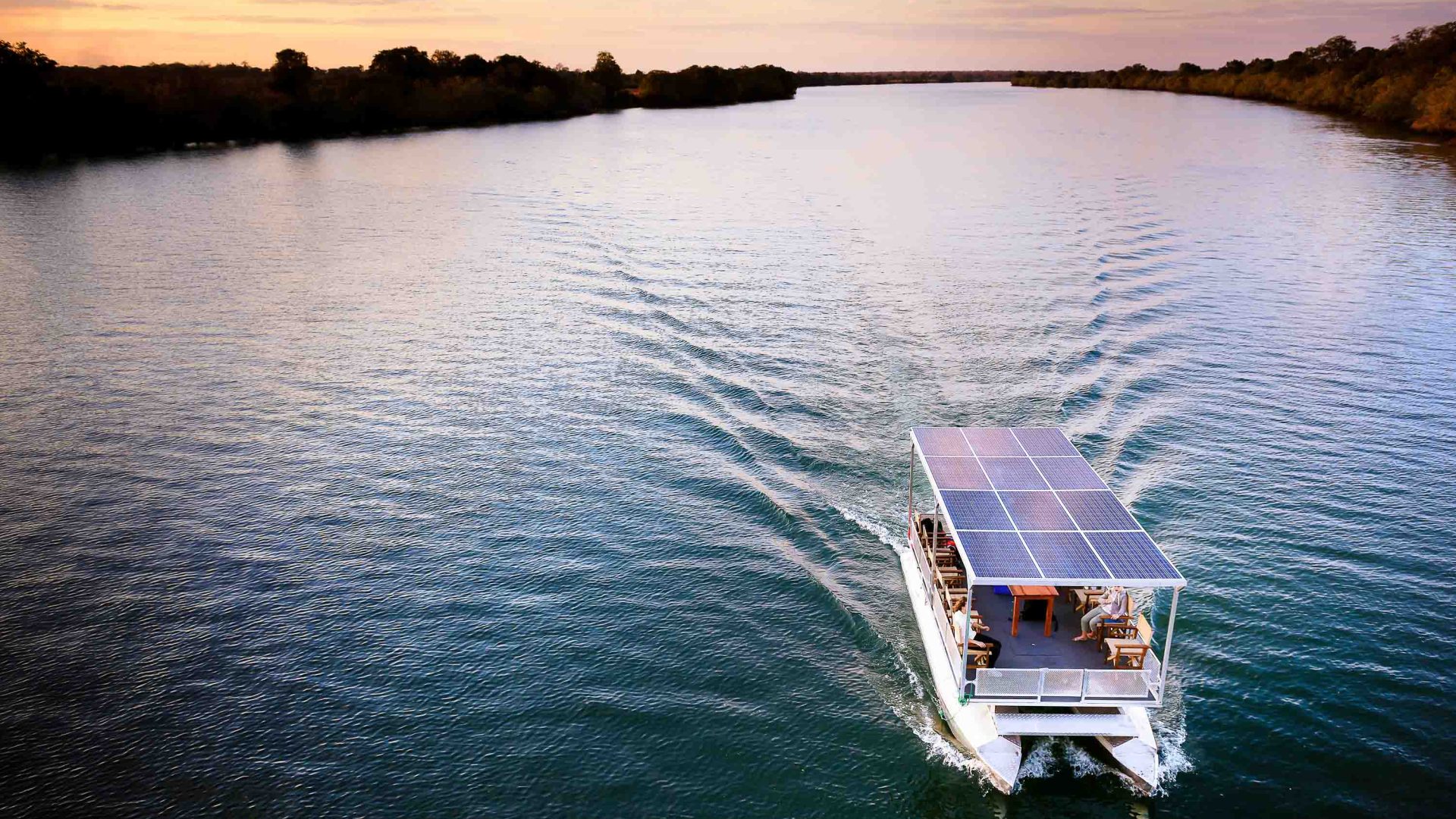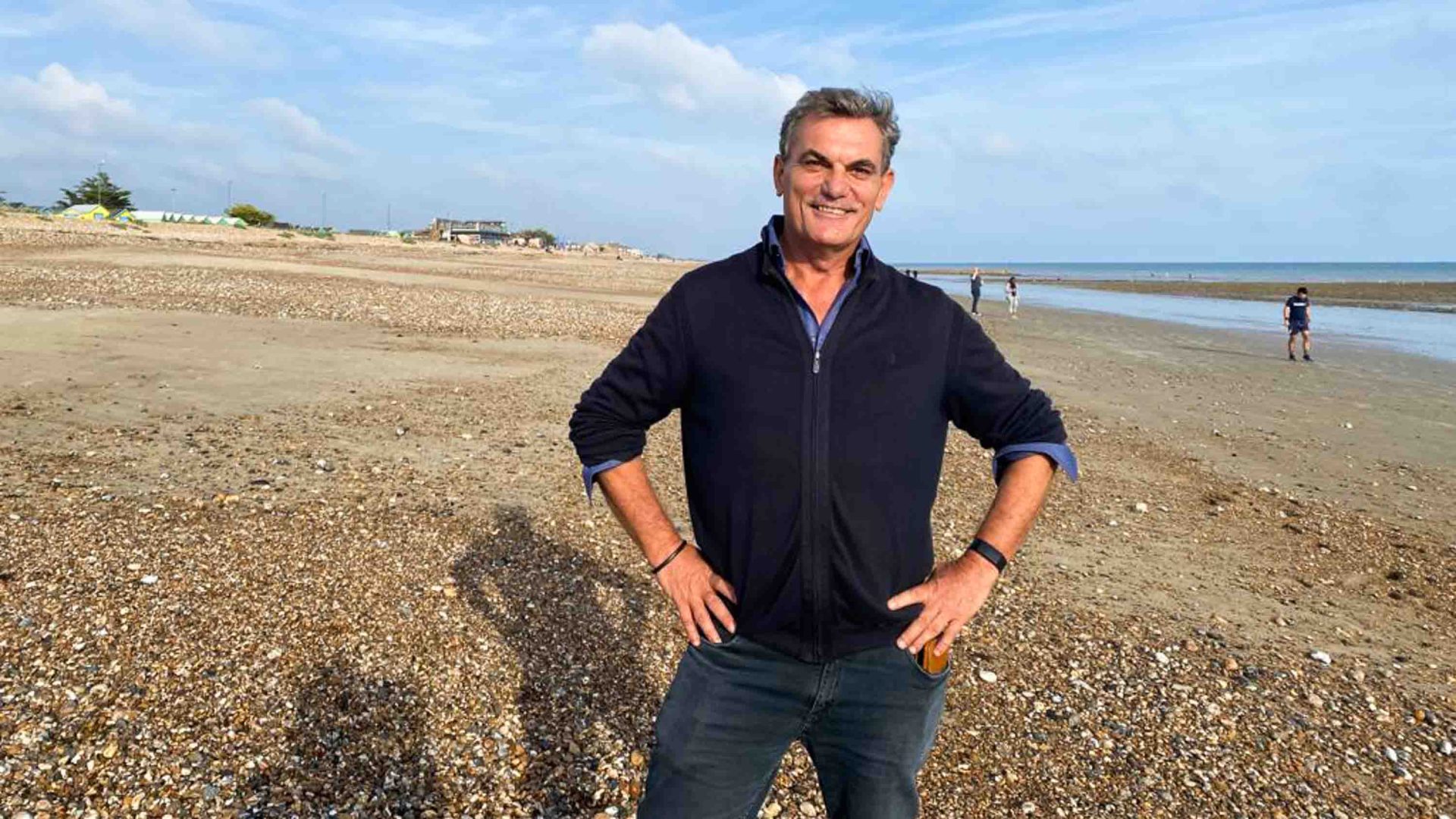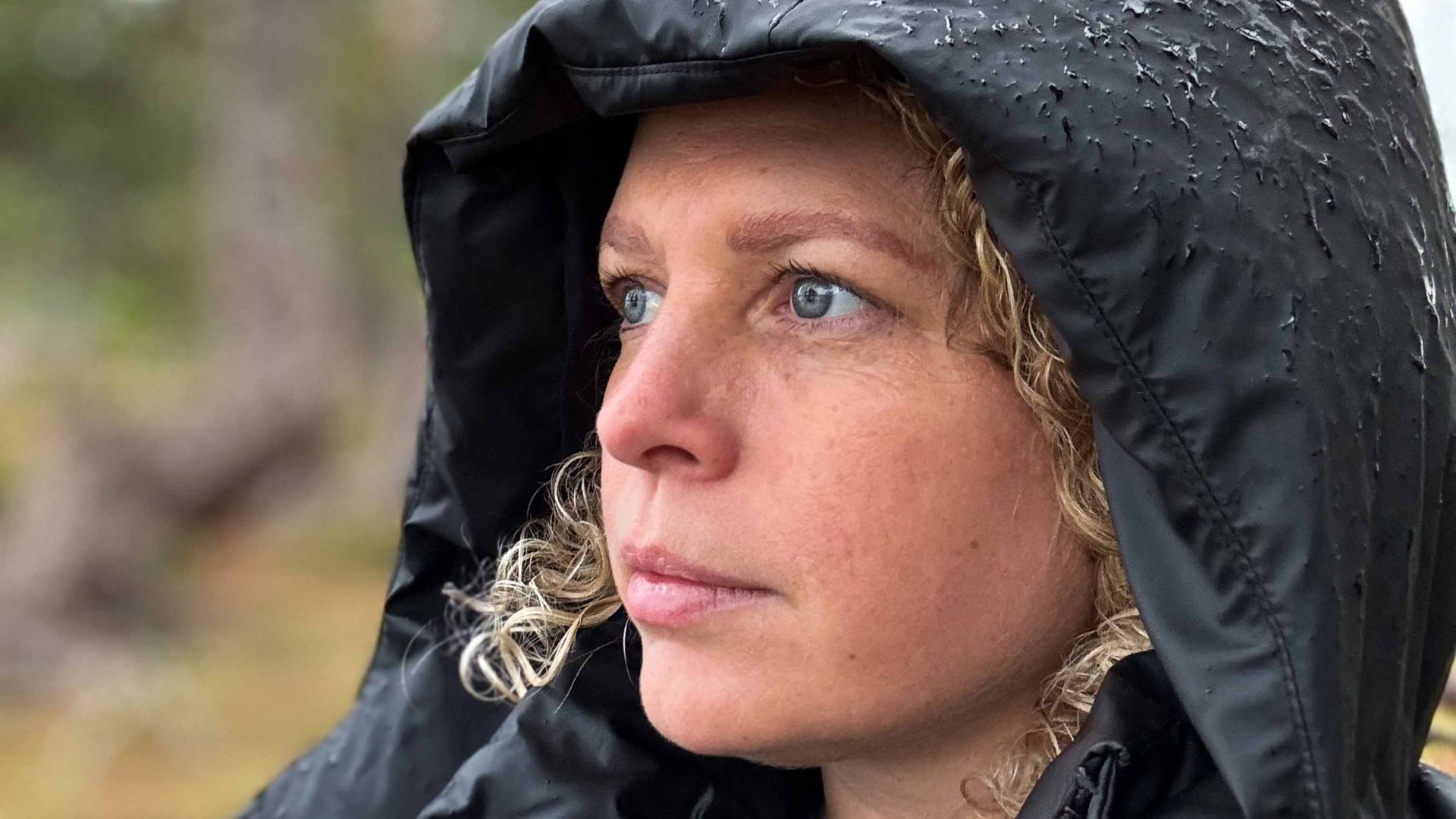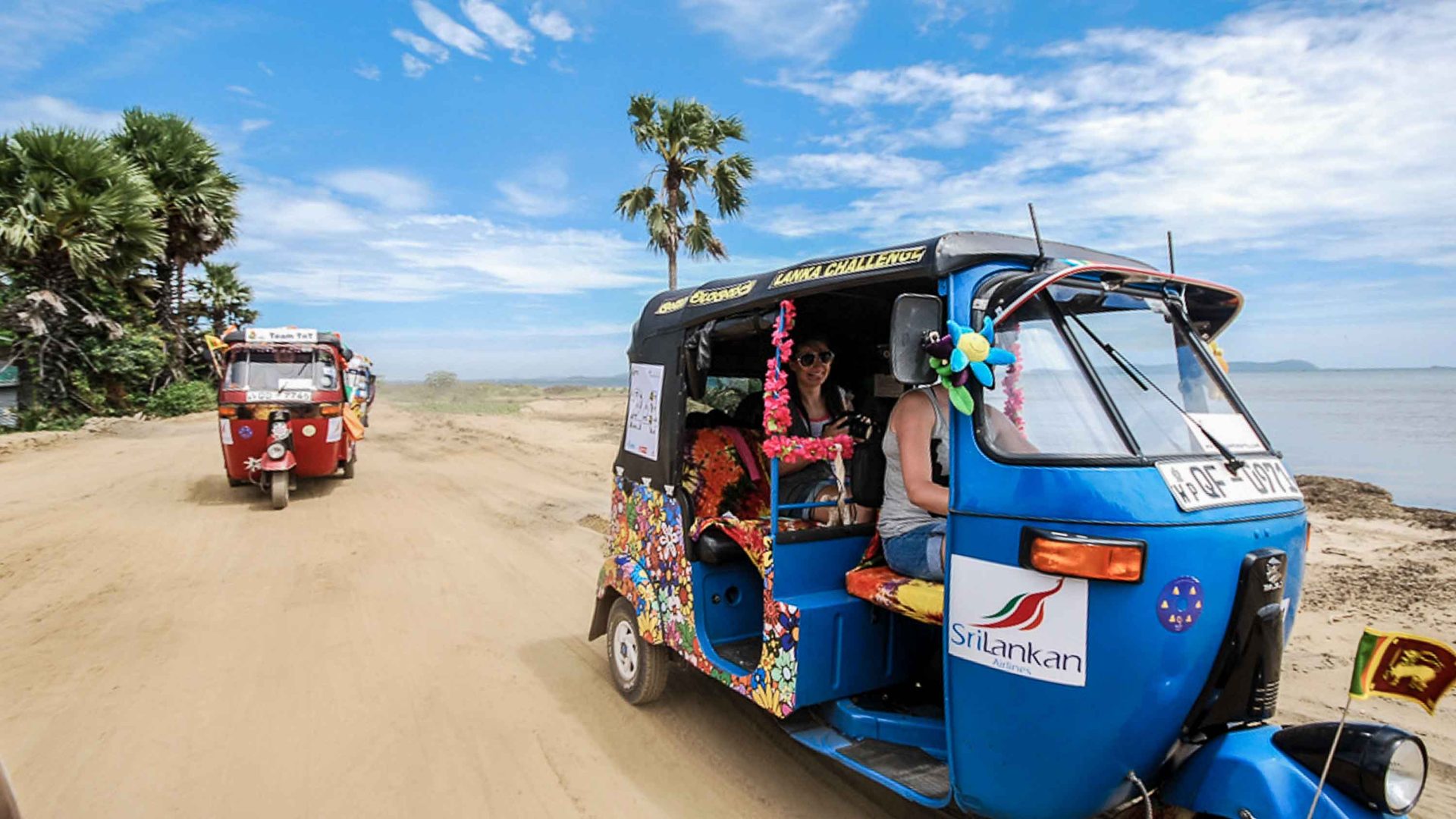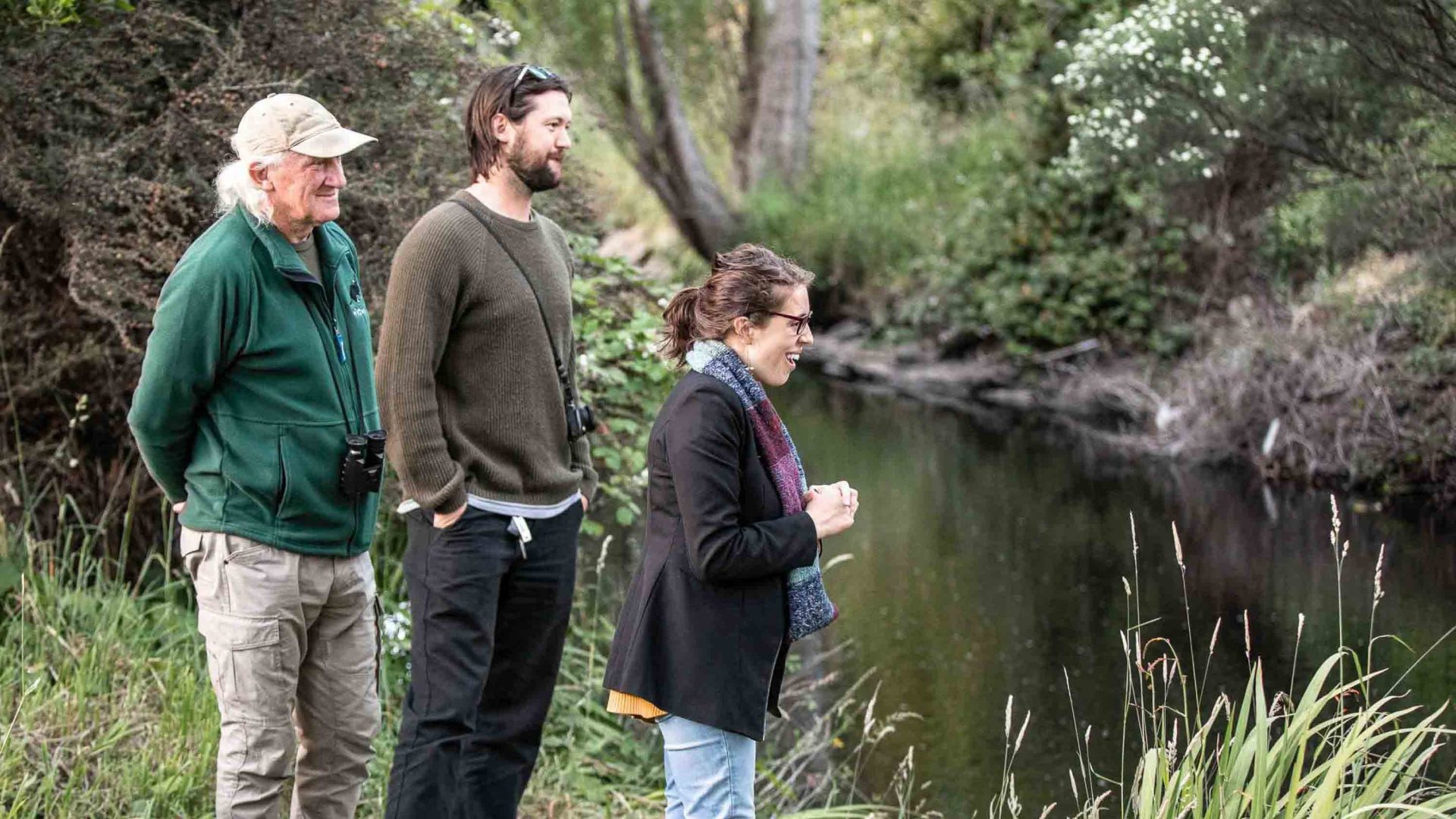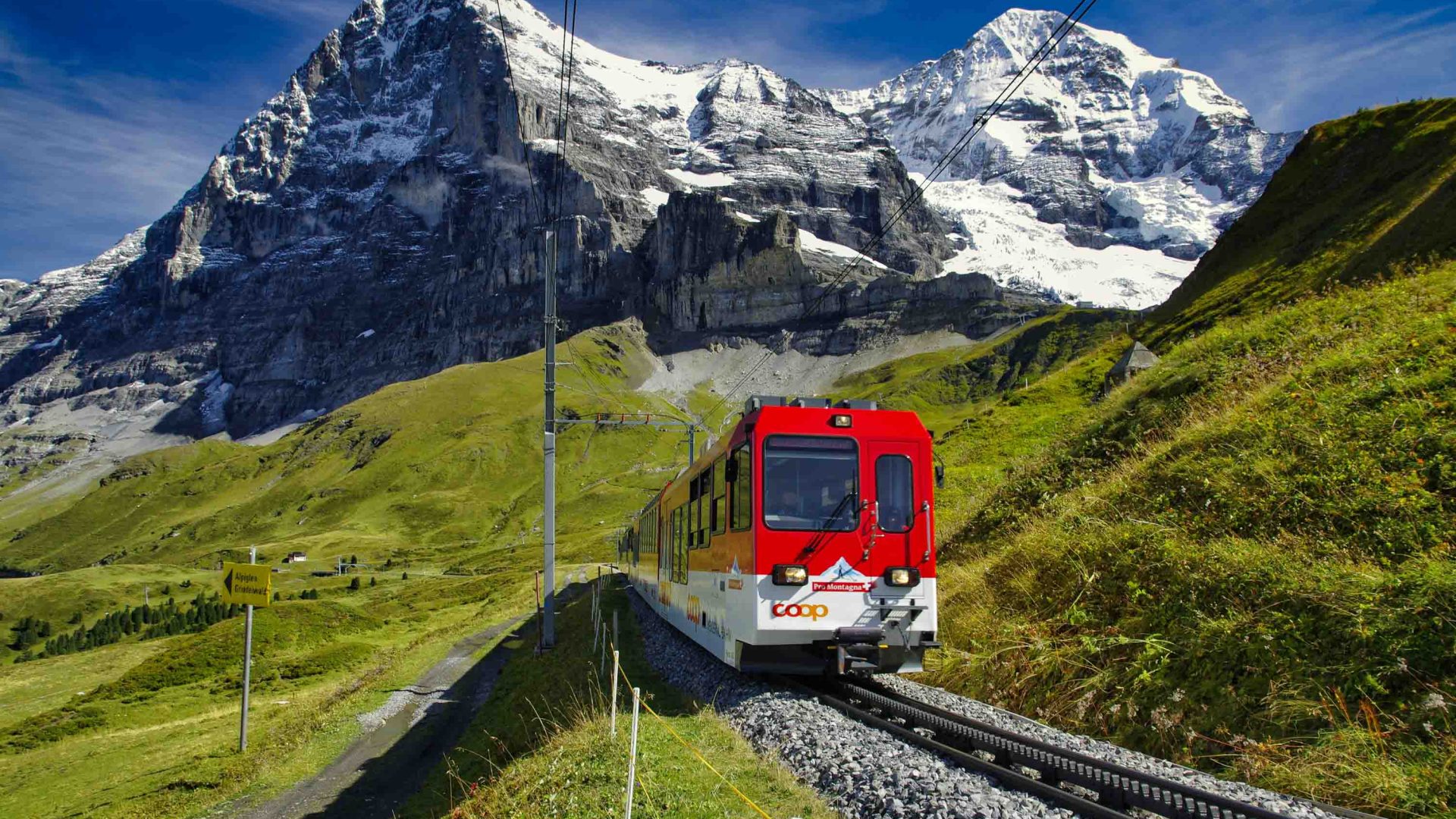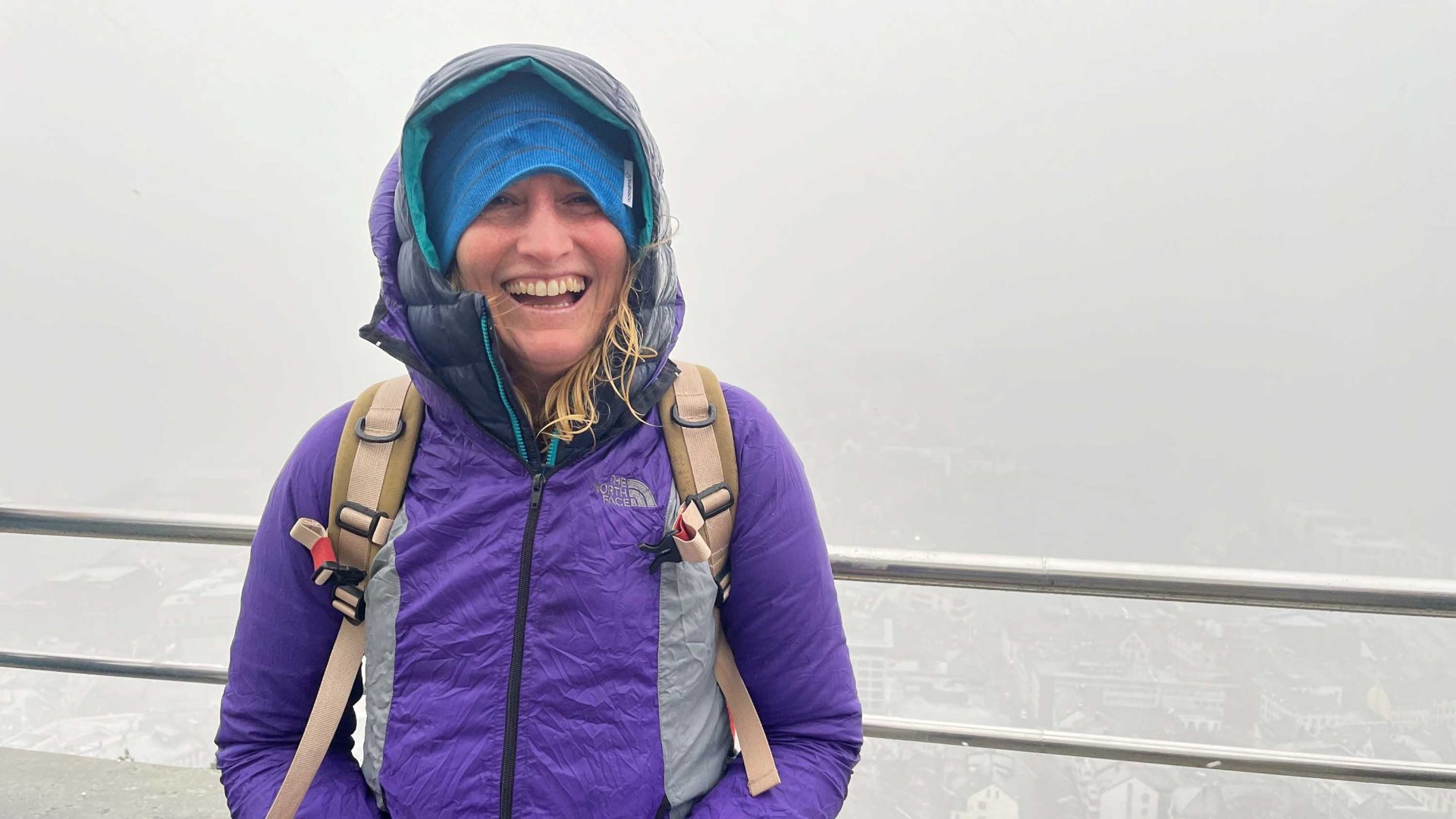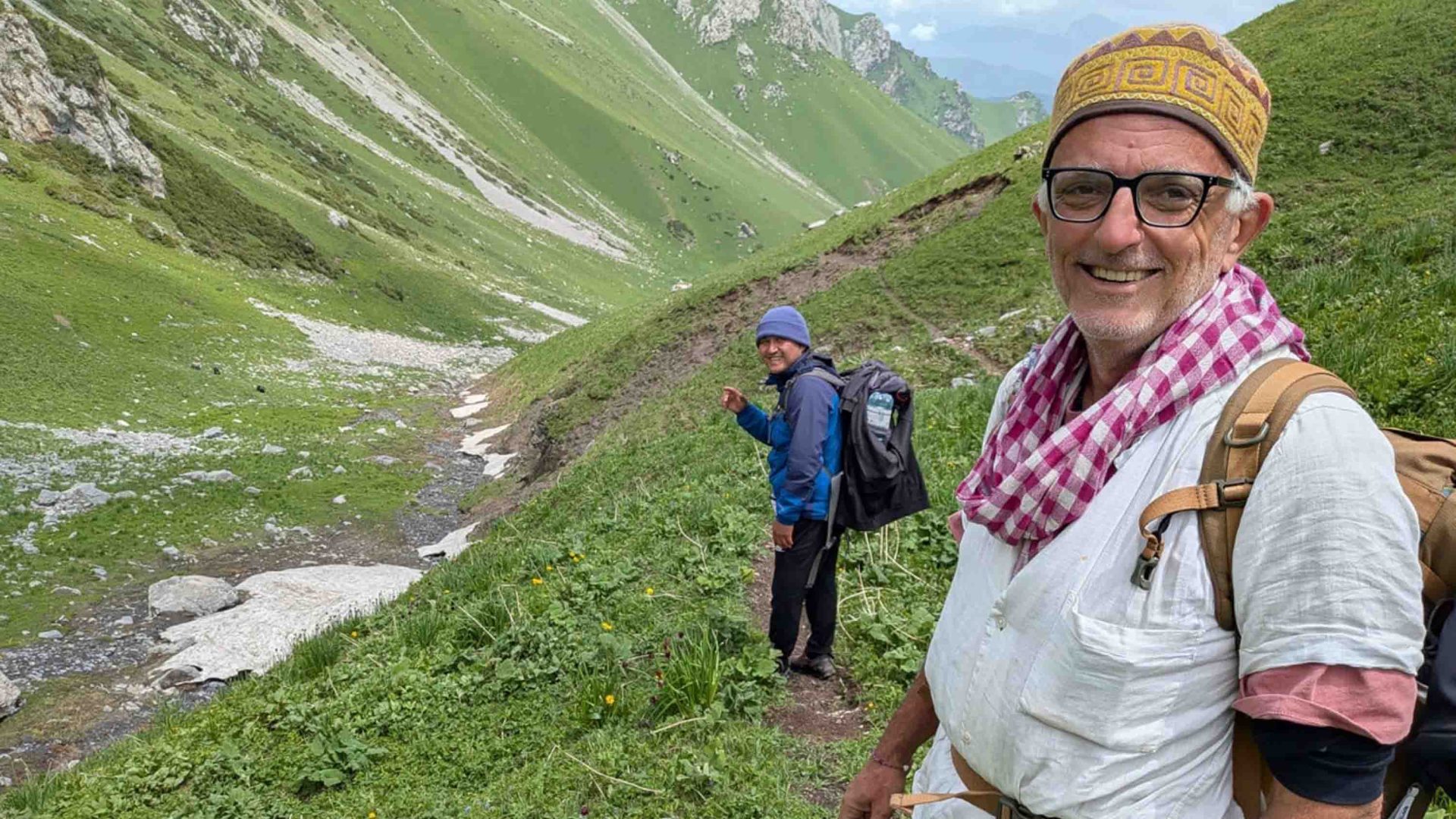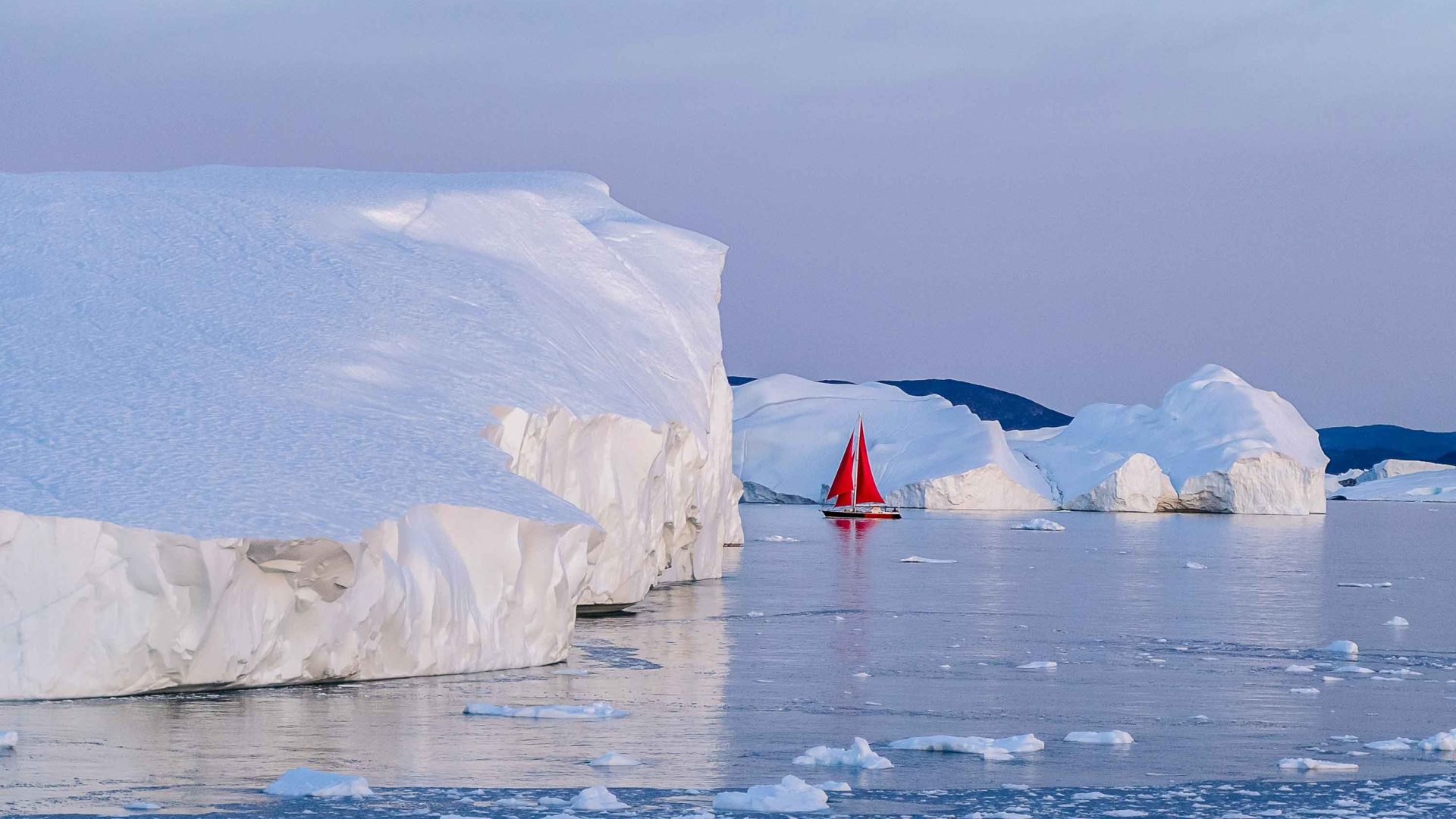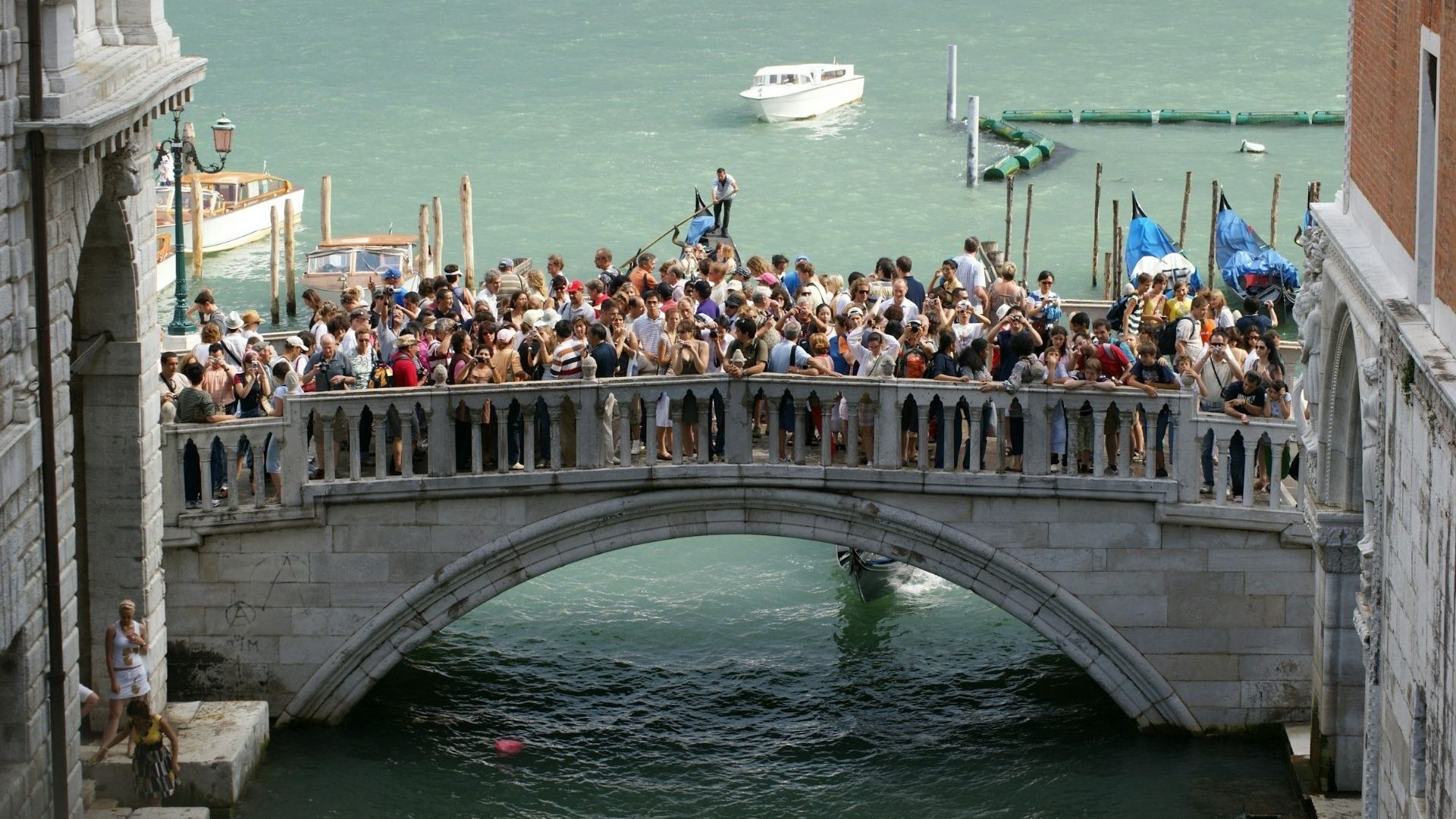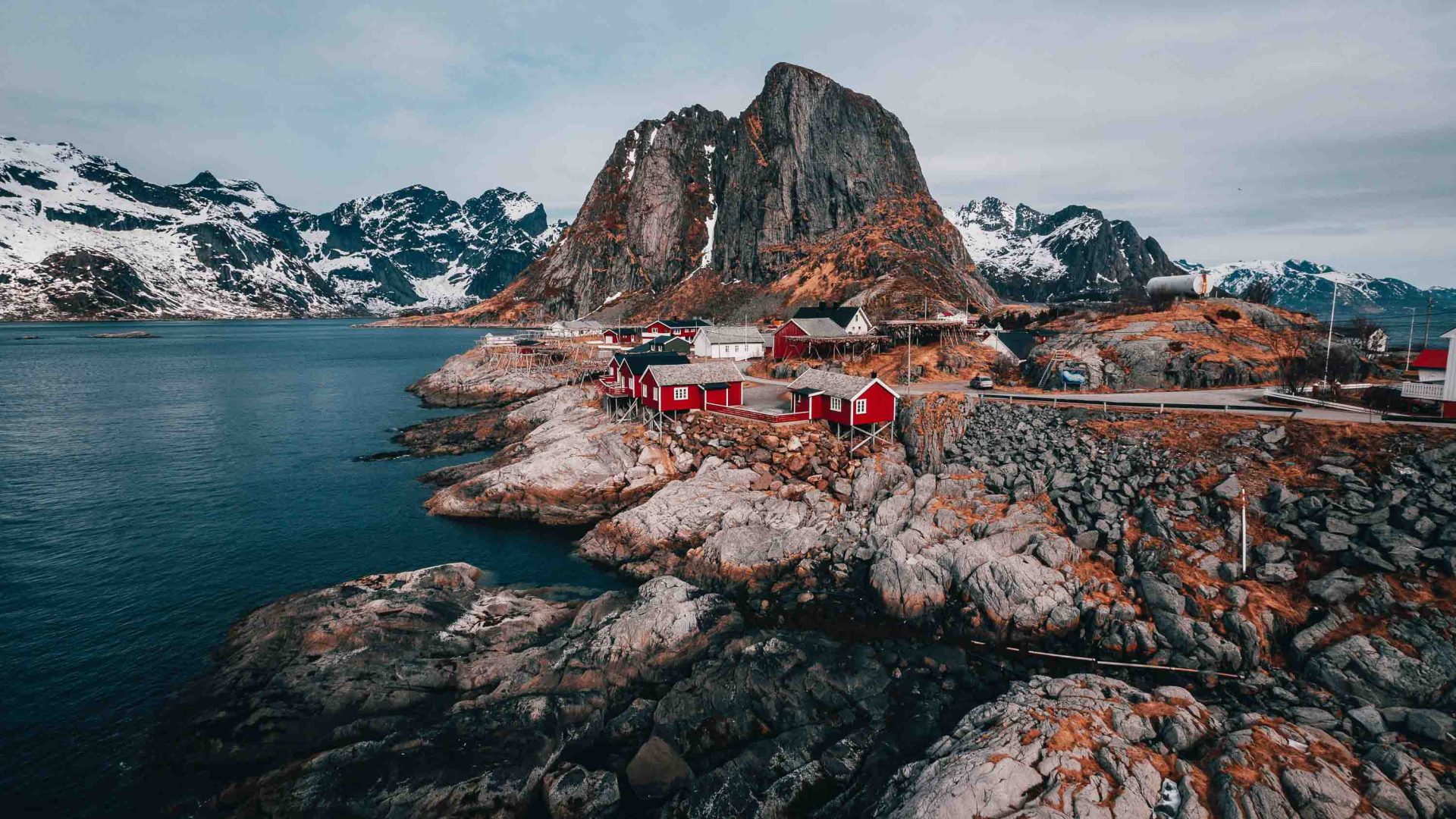We all know, for all its positives, that tourism has its downsides. And right now, overtourism is one of the travel industry’s biggest challenges. In cities, that may look like overcrowding on public transport and gridlocked roads or unregulated private housing used for vacation rentals resulting in displacement of residents such as Barcelona. In more rural settings, it could be viewpoints and trails overrun by visitors, such as ‘traffic jams’ of hikers (and trash) on Mount Everest, or increased pollution and waste on Bali. And in some places, particularly in the Global South where climate change has a disproportionate effect, overtourism can put a strain on vital resources, such as water and energy.
How have we reached this point? There are so many factors. Cheaper flights, more people traveling, the rise in cruise tourism where larger-than-before crowds arrive en-masse in places unused to such numbers, social media sending places and experiences ‘viral’, infrastructure under-investment and poor planning by governments, and a disproportionate focus on profit and ‘growth’ versus long-term thinking.
And when the downsides outweigh the upsides, we have a problem; perhaps most importantly, a reduced quality of life for the people who, you know, actually live there. And that means a poorer, less ‘authentic’ experience for the traveler. While many see travel and tourism as a ‘product’, it’s not. A place is not just a ‘destination’ for the outsider to come into. ‘Travel and tourism’ happens in people’s homes and communities, in environments that wildlife call home.
And there are many places successfully managing the issue. The Danish capital Copenhagen trialed CopenPay for one month this summer, where in exchange for collecting litter from canals, cycling instead of taking a cab, or volunteering at a city farm, visitors received freebies such as ice cream, wine, and discounted entry fees. Popular national parks in the US have introduced timed entry so popular spots don’t become overcrowded and habitats are protected, while some ports, such as Venice, Barcelona and the Greek islands of Mykonos and Santorini, have banned or limit cruise ships.
We know the answer to overtourism isn’t an equation with one winning formula. It’s more like a series of jigsaw puzzles, different for every country, city, village, national park. So we asked a handful of experts for their thoughts and solutions and here’s what they told us.
